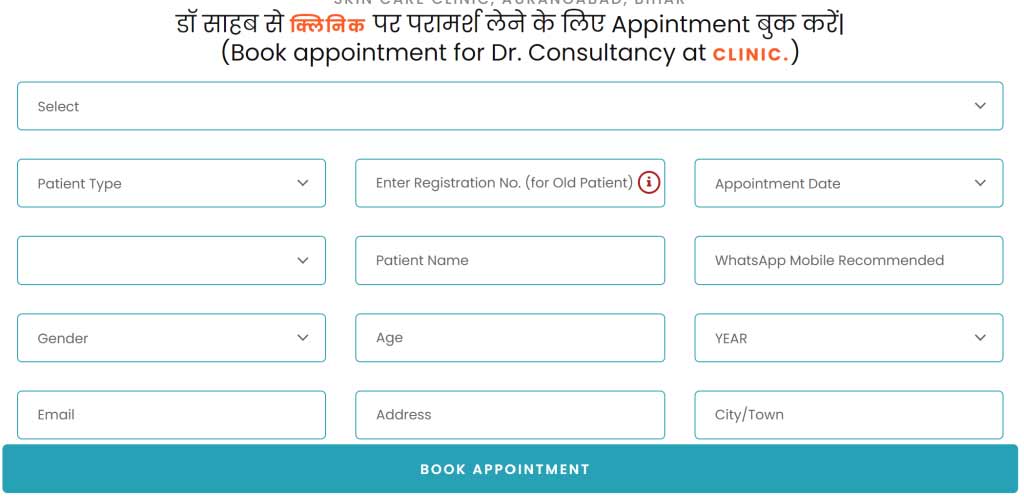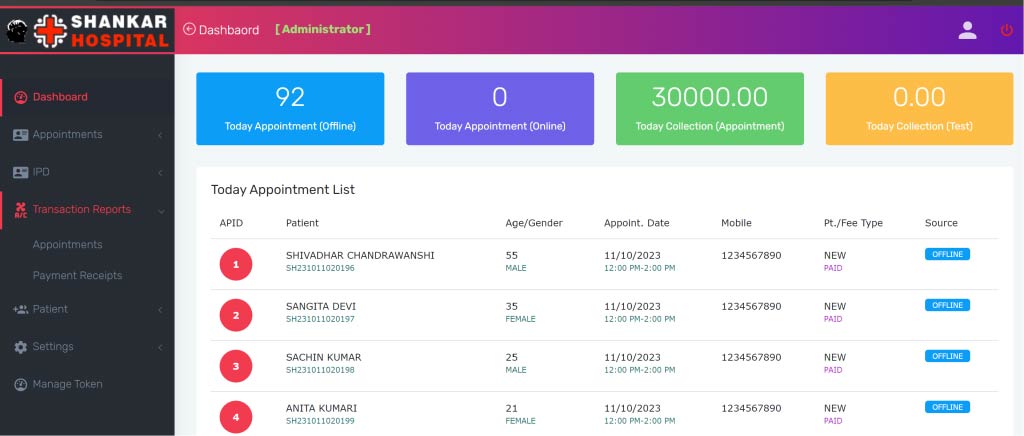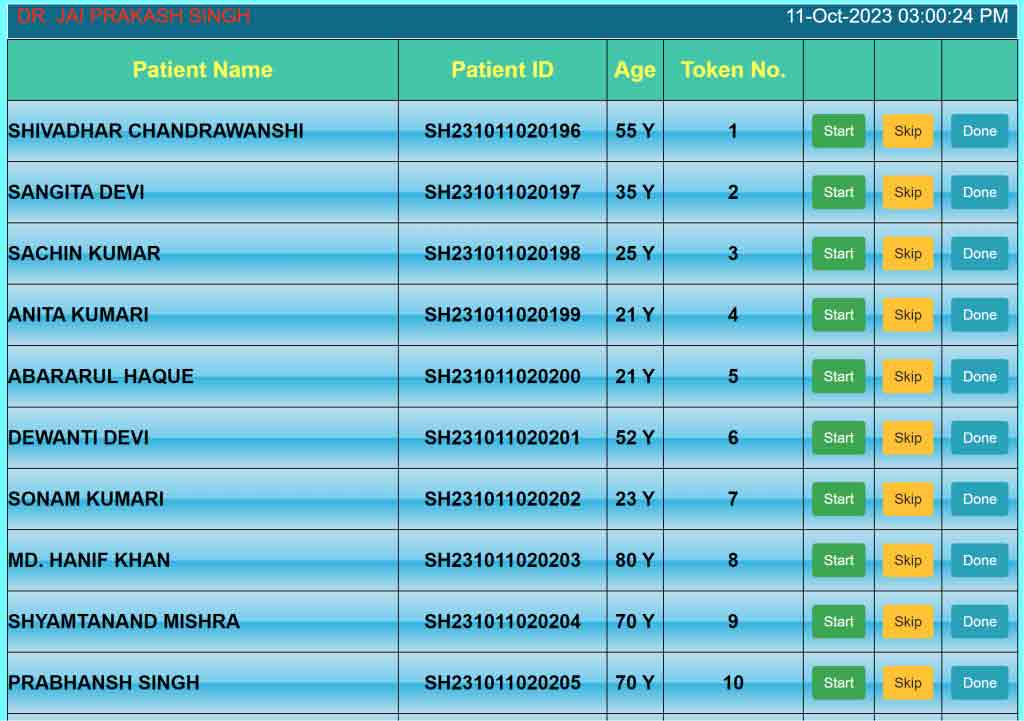OPD and IPD Management
OPD and IPD Management systems are software solutions designed to streamline and automate the processes related to patient management and healthcare delivery in healthcare facilities such as hospitals, clinics, and medical centers. As a result, these systems help healthcare providers efficiently manage patient appointments, record patient information, and track medical history. Furthermore, they ensure smooth coordination between outpatient and inpatient services. In addition, these systems improve the overall patient experience by reducing wait times and minimizing administrative errors. For example, by offering a centralized platform for patient records, healthcare providers can access real-time data, which enhances decision-making. Moreover, the integration of these systems can lead to better resource utilization and more efficient workflows. Therefore, healthcare institutions can provide faster and more accurate treatments, ultimately improving patient outcomes. In conclusion, OPD and IPD Management systems are essential for modern healthcare, facilitating seamless operations and enhancing patient care.
(Outpatient Department & Inpatient Department) ePatients ERP
-
Integrated (Online & Offline) Appointments Management
-
Doctors & Schedules Settings
-
OPD & Prescriptions Management
-
Patients Queue Display
-
IPD & Discharge Sheet Management
-
Online Consultation Facility
-
Cancellation & Re-Scheduling Facility
-
Patients Documents Management
-
Multi Users & Roles Management



Key Features and Functionalities
1. Appointment Scheduling:
OPD and IPD management systems offer online appointment scheduling, allowing patients to book appointments with healthcare providers. As a result, this feature streamlines patient flow, minimizing wait times and optimizing clinic or hospital resources.
2. Patient Registration and Records:
Efficient patient registration is a core functionality. In addition, these systems capture and store patient demographic information, medical history, and insurance details. Moreover, electronic health records (EHR) ensure accurate and easily accessible patient data for both outpatient and inpatient care.
3. Billing and Invoicing:
Integrated billing modules automate the billing process for services rendered. From outpatient consultations to inpatient treatments, these systems generate accurate bills, manage invoicing, and support various payment methods. Therefore, they simplify financial transactions and improve administrative efficiency.
4. Prescription Management:
For OPD, prescription management features enable healthcare professionals to generate digital prescriptions. Similarly, in IPD, these systems facilitate inpatient medication orders, ensuring accurate administration and minimizing errors. Thus, the system enhances medication safety for both outpatient and inpatient care.
5. Appointment Reminders:
Automated appointment reminders through SMS or email reduce no-show rates. Consequently, this feature ensures that patients are informed and prepared for their scheduled consultations or hospital admissions, leading to better resource utilization.
6. Bed Management (IPD):
In IPD management, bed management functionalities optimize the allocation and utilization of hospital beds. This includes tracking bed availability, assigning beds to patients, and managing discharge processes efficiently. As a result, hospitals can avoid overcrowding and provide timely care.
7. Laboratory and Radiology Integration:
Integration with laboratory and radiology services streamlines the ordering and processing of diagnostic tests. Furthermore, test results are digitally stored and accessible within the patient’s electronic records, ensuring quick and accurate analysis by healthcare providers.
8. Insurance Claim Processing:
Both OPD and IPD systems often include features for managing insurance claims. Thus, they ensure smooth interactions between healthcare providers and insurance companies, reducing administrative complexities and improving the overall claims process.